Jagajibanpur, Malda’s best kept secret
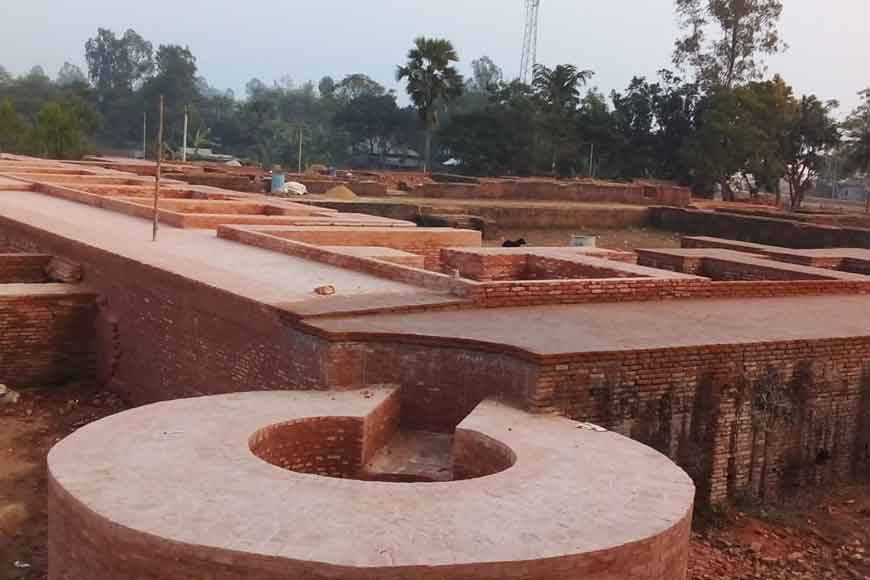
In the early 9th century, the northern Indian subcontinent was ruled over by the Pala Empire, whose territory stretched across the Gangetic plain to include parts of modern-day eastern Pakistan, northern and northeastern India, Nepal, and Bangladesh. The huge empire reached its peak under emperors Dharmapal and Devapal, but history has also recorded such distinguished names as Mahipal, Nayapal, Vigrahapal, and Rampal. Readers of Bengali literature may be familiar with Saradindu Bandyopadhyay’s work of historical fiction, ‘Tumi Sandhyar Megh’, about the supposed romance between Nayapal’s son Vigrahapal III and Yauvanasri, daughter of King Karna.
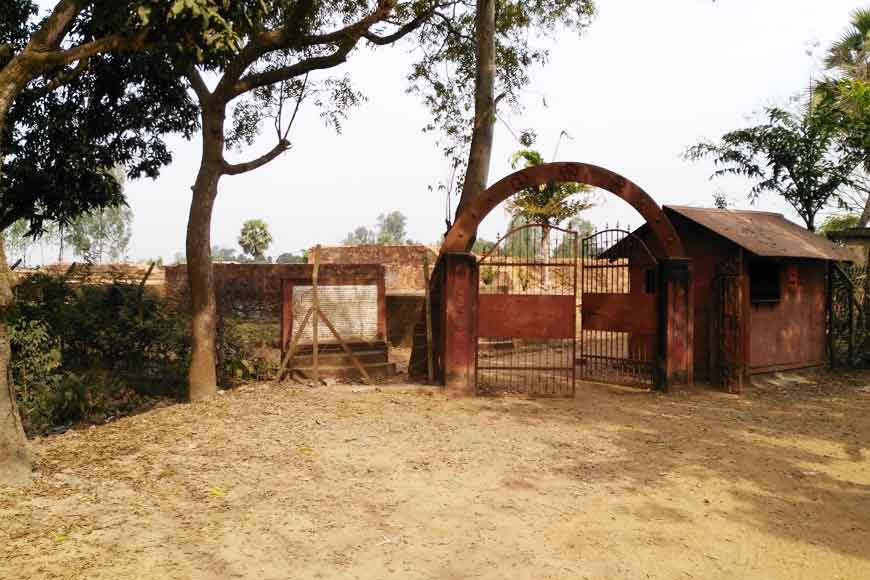
Inexplicably, the one Pala emperor who has found absolutely no mention in history is Mahendrapal. And had it not been for a chance discovery in 1987, we would have remained ignorant of his existence. As it turns out, he was the son and successor of Devapal, and the chance discovery led to the finding of one of Bengal’s most exciting and important archaeological sites, one that is ideal for a weekend visit.
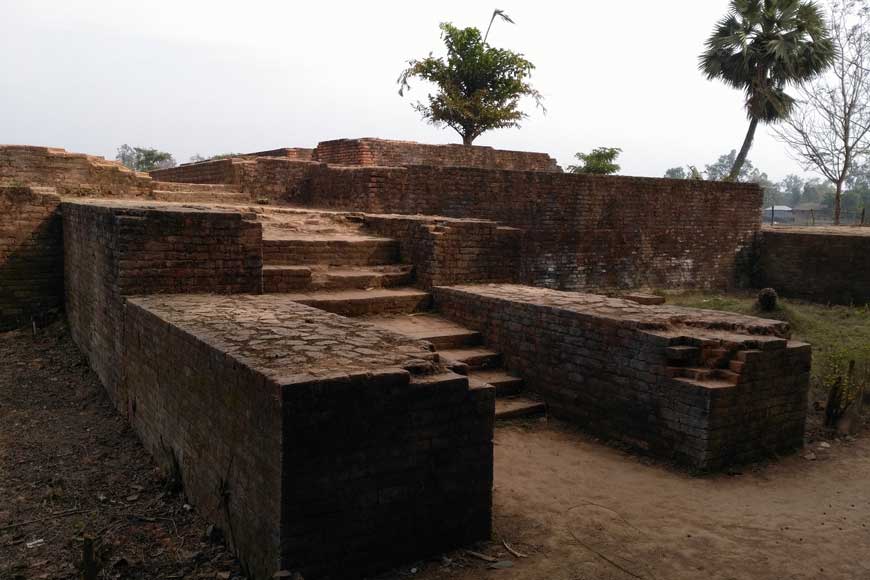
Inexplicably, the one Pala emperor who has found absolutely no mention in history is Mahendrapal. And had it not been for a chance discovery in 1987, we would have remained ignorant of his existence.
We are talking about Jagjivanpur (or Jagajibanpur) in Malda district, a village located 41 km from English Bazar town, and about 350 km from Kolkata. Among the most significant findings from this site so far include a copper-plate inscription of Mahendrapal and the structural remains of a ninth-century Buddhist ‘vihara’ or monastery called Nandadirghika-Udranga Mahavihara. The findings suggest that the remains are those of Nandadirghi Vihara, one of the leading Buddhist centres of learning in the 9th century AD.
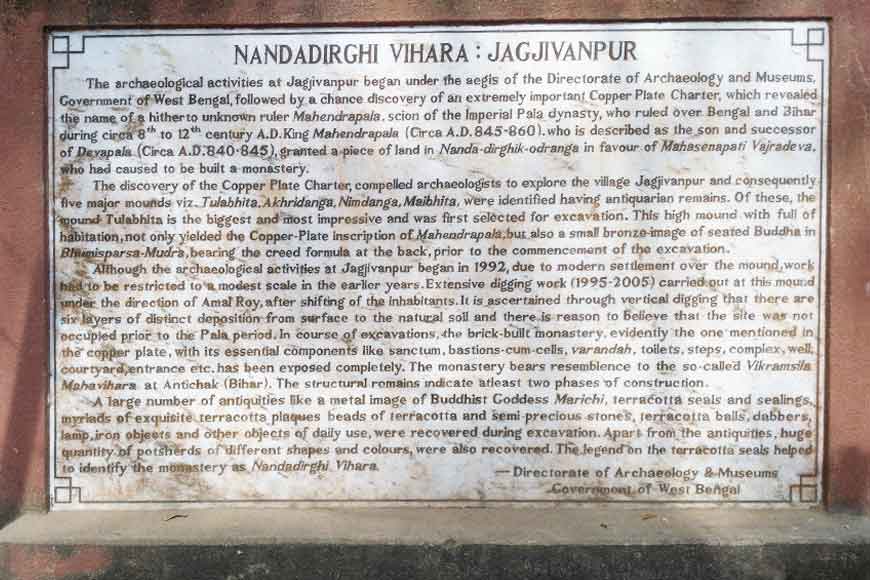
Also read : Kurumbera Fort, a centuries-old mystery
In brief, the copper-plate issued by emperor Mahendrapal on the second day of Baisakh, in the year 854 AD, states that the emperor had announced before a group of officers and other people that his ‘maha senapati’ (general) Vajradeva was donating land adjacent to the Nandadirghika-Udranga Mahavihara, which the general himself had commissioned.
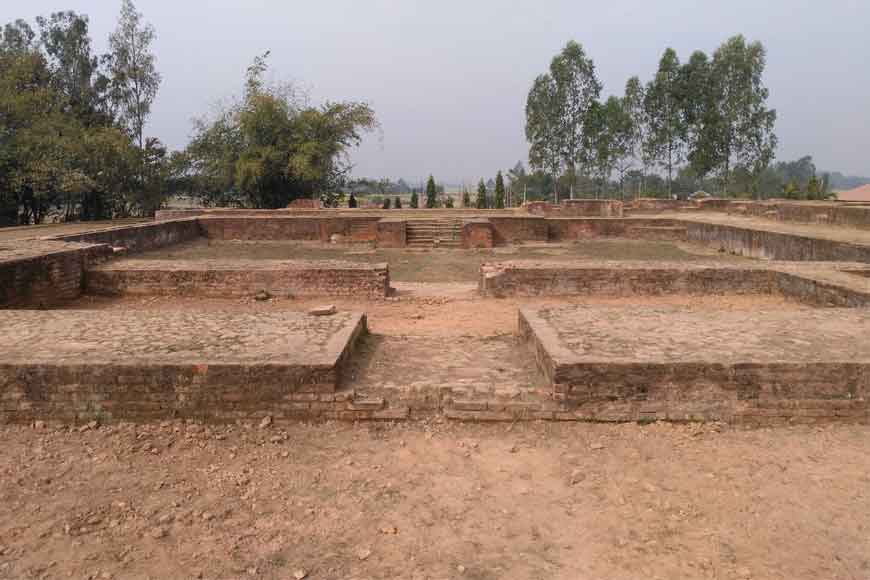
Following the accidental discovery of the copper-plate on March 13, 1987 by a group of villagers, a team of the West Bengal government’s Directorate of Archaeology & Museums, led by Sudhin De, began excavating in 1992 at Tulabhita mound, followed by a more extensive excavation at the same site in 1995-96 under Amal Ray and his team. These excavations resulted in the discovery of part of the brick-built vihara, complete with stupas, cells for the monks, a balcony, a bathroom complex, a courtyard and entrance. Besides, several terracotta plaques, terracotta seals and sealings, an inscribed potsherd, beads and other objects for daily use were also unearthed.
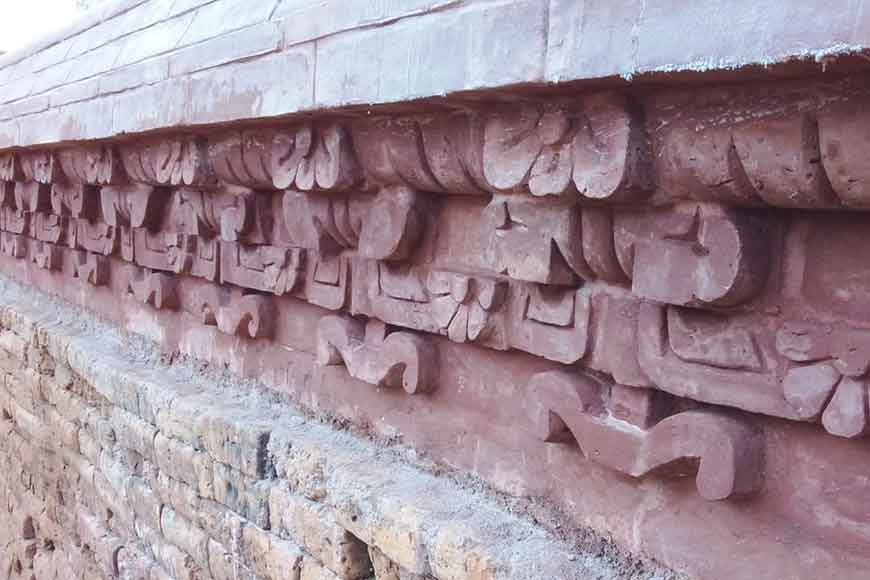
Following the accidental discovery of the copper-plate on March 13, 1987 by a group of villagers, a team of the West Bengal government’s Directorate of Archaeology & Museums, led by Sudhin De, began excavating in 1992 at Tulabhita mound, followed by a more extensive excavation at the same site in 1995-96 under Amal Ray and his team.
The site comprises a number of mounds, the most impressive being the 5 m (15 feet) high Tulabhita or Salaidanga, covering more than 9,000 sq m. Other important mounds are Akhridanga, Nimdanga, Rajar Mayer Dhipi and Nandagarh. Another significant feature of the site is a large tank called Nandadighi, the Nandadirghika mentioned in Maehndrapal’s inscription.
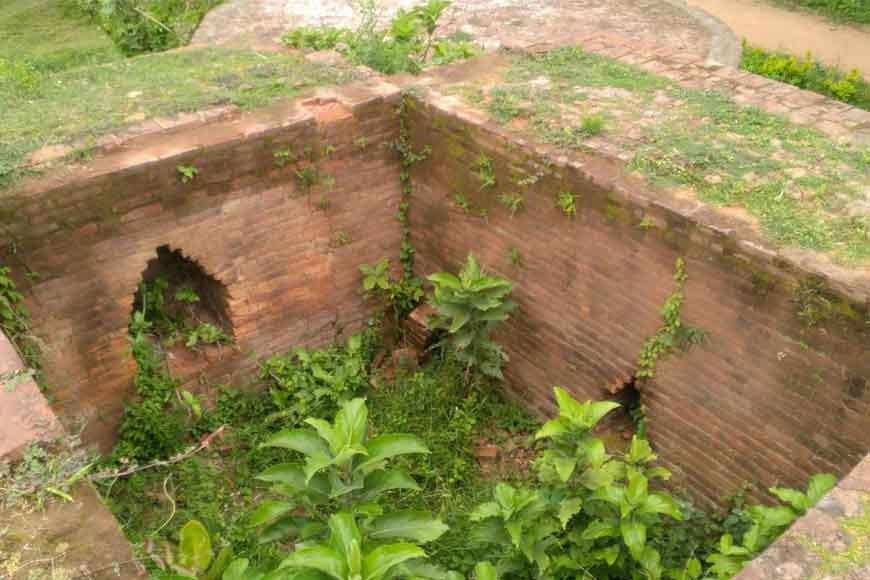
Though excavations are ongoing, enough has been done to reveal six distinct layers of deposit, covering at least two phases of construction. If you visit the site, you can see the layers for yourself, as also the excavated parts of the magnificent vihara.
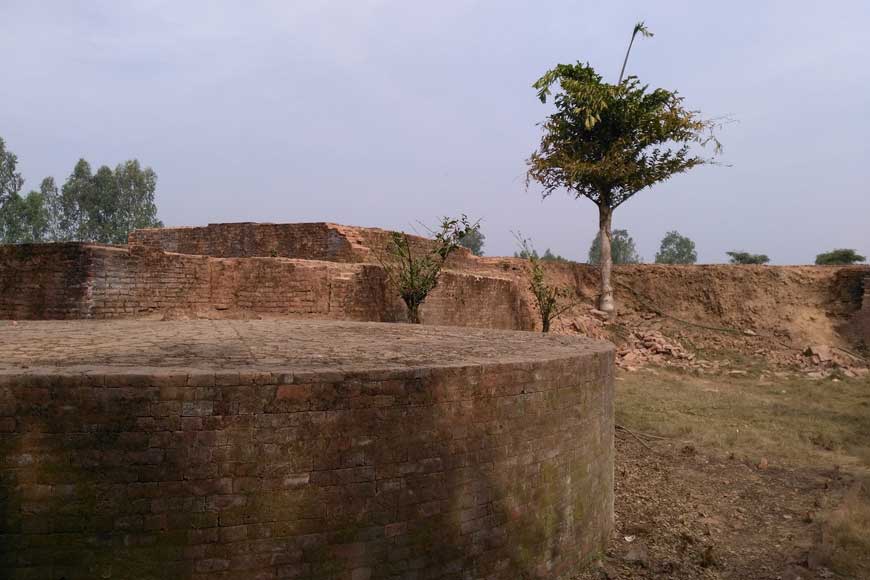
Most of the artefacts found at the site have been housed either at Malda Museum, or the State Archaeological Museum at Behala, Kolkata. On your visit, be sure to take in the Malda Museum too. And once you are done at Jagjivanpur, you always have Gour and Pandua to explore!
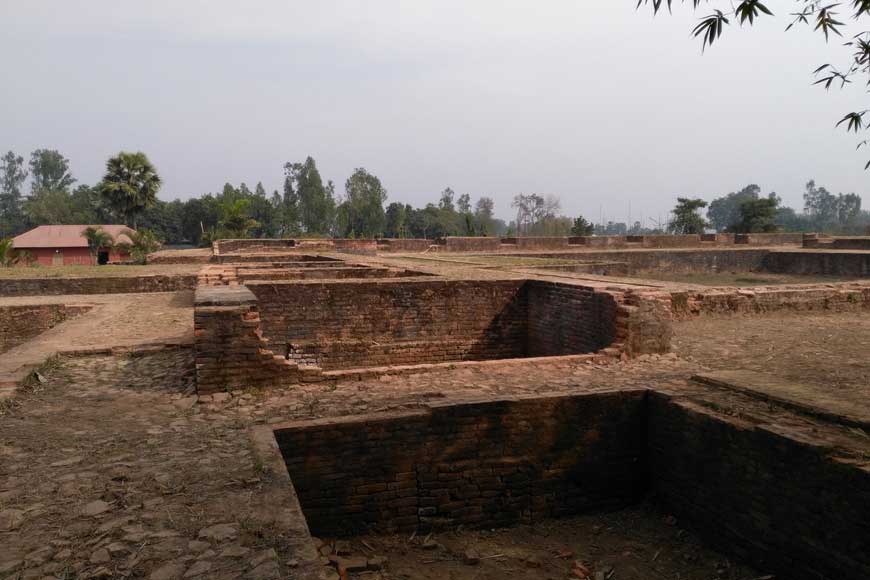
Accommodation is to be found at the fully air-conditioned Amrapali Tourism Property (earlier Malda Tourist Lodge) run by the West Bengal Tourism Development Corporation. For bookings, you can either directly contact the property at +91 97330 08792 or tourismmalda@gmail.com or go through:
West Bengal Tourism Development Corporation Ltd
DG Block, Sector-II, Salt Lake
Kolkata 700091
Phone: (033) 2358 5189, Fax: 2359 8292
Website: https://www.wbtdcl.com/
Email: visitwestbengal@yahoo.co.in, mdwbtdc@gmail.com, dgmrwbtdc@gmail.com
Image Courtesy : Jagjibanpur Tulavita Facbook Page










